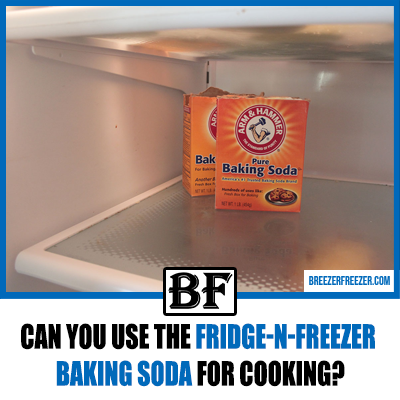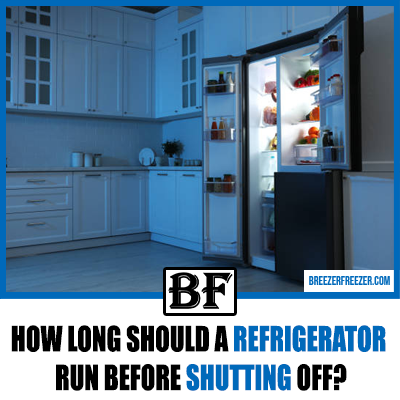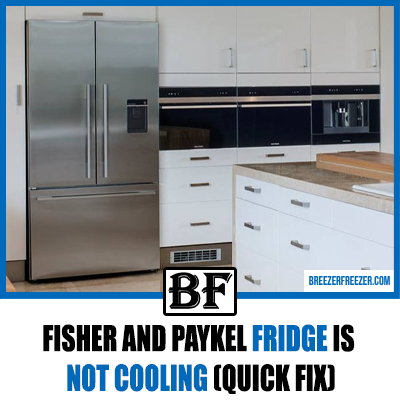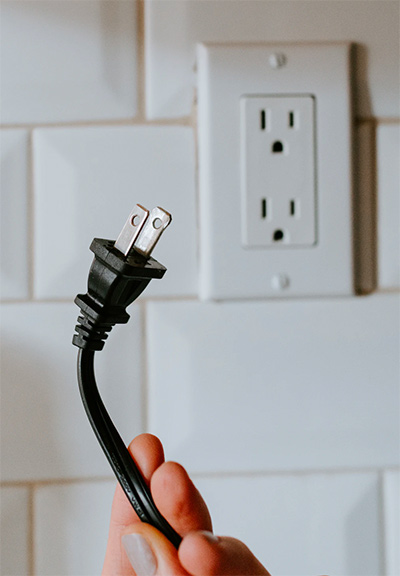5 Mistakes to Avoid When Buying a Refrigerator
The practice of preserving food and storing perishable items by cooling dates back to thousands of years ago. However, it was not until the eighteenth century that the process of refrigeration found use in practical life.
Surveys show that most American houses have at least one refrigerator, and about 23 percent of the homes have at least two or more of these.
One of the most important reasons for owning a refrigerator is to maintain food at low temperatures, as it keeps the food fresh longer by slowing down the microbial activity, which would otherwise spoil your food. You even use refrigerators to store drugs that are sensitive to light.
No wonder it is a must-have innovation. However, many tend to make mistakes when it comes to buying a refrigerator. Here are 5 common blunders that most of them make when it comes to selecting a refrigerator.
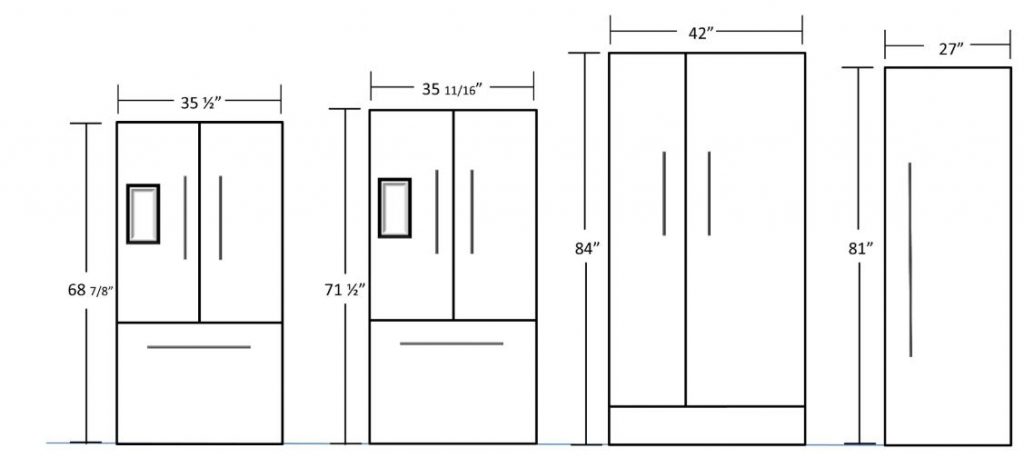
1. Buying the Wrong Size
Everyone has different needs, and you must select a fridge that is most appropriate for your needs. While a four-door refrigerator might seem fancy, you need to ask yourself if it is necessary.
Next, always choose a fridge based on your household size, storage space, and intended purpose. For instance, if you are a non-vegetarian or a dessert-lover, then having a larger freezer compartment is ideal. On the other hand, if you are vegetarian or a bachelor, then a single-door fridge is more appropriate.
Moreover, you need to measure the space where you are going to fit the new refrigerator. Buying an over-sized fridge that will not fit in the intended space or lead to restrictions while opening the door is a waste of money.
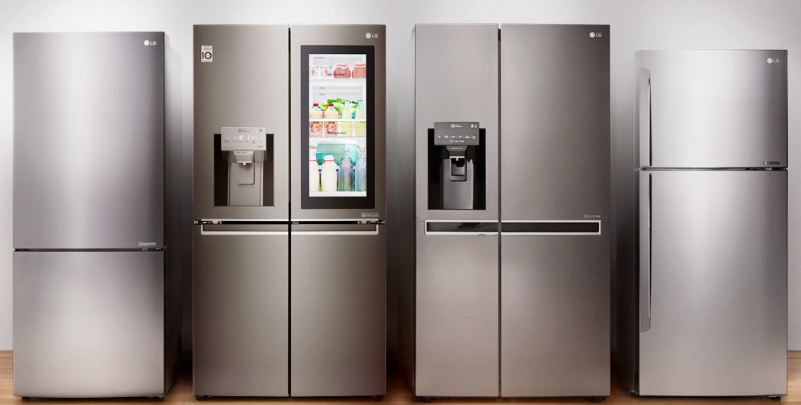
2. Buying the Wrong Style
Gone are the days where the standard top-freezer design was the only model that people preferred.
Today, you have many designs available, including the bottom-freezer type, French door refrigerators, side-by-side doors, freezer-only compartments, mini-fridges, and a few more.
However, you could land yourself in trouble if you choose the wrong style in terms of huge bills and space constraints. For instance, if you are a regular user and want to save money, then select the top-freezer type.
If you want more room for storing frozen food and don’t mind bending down a lot, then choose the bottom-freezer. The side-by-side door model is ideal for those who want surplus storage.
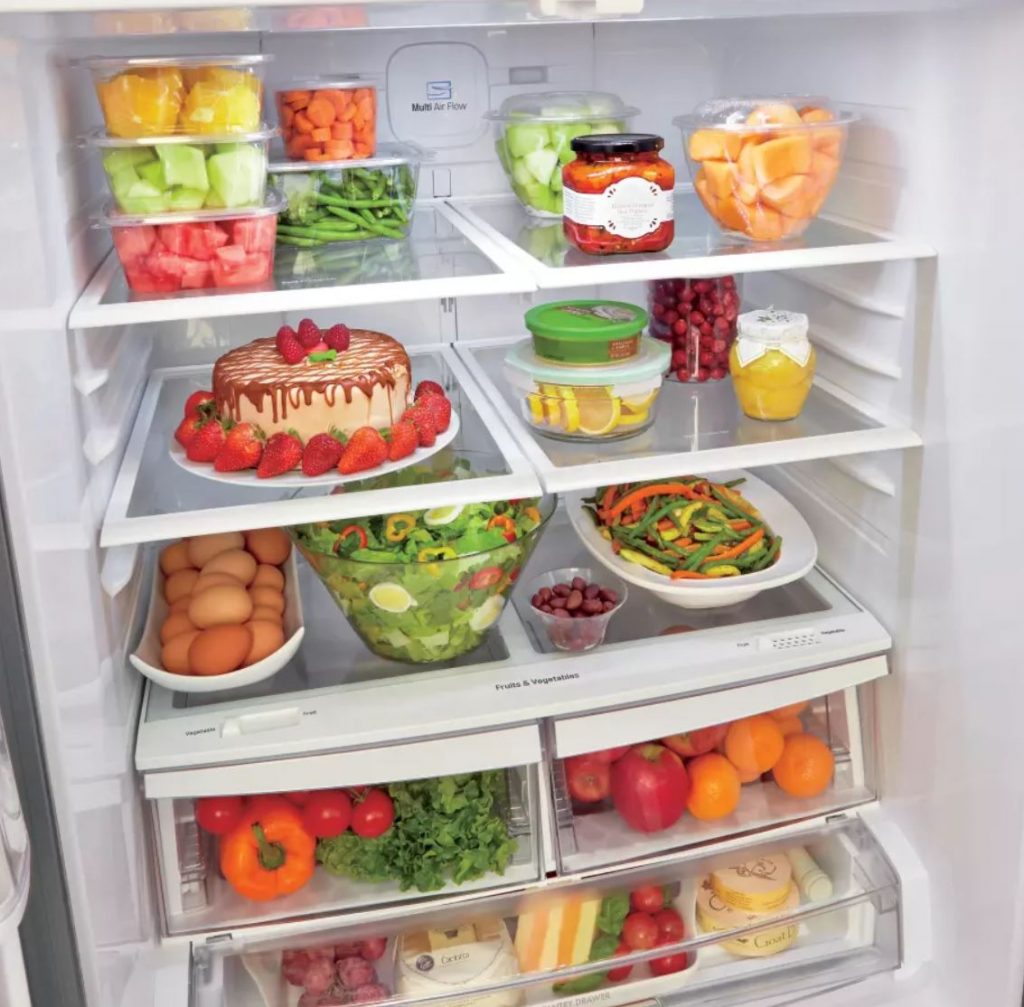
3. Overlooking the Storage, Capacity, and Finer Details
More than preserving your food, a refrigerator is synonymous to a small storeroom. Hence, you need to know your storage needs and choose a fridge that has the right capacity.
For example, if you keep a lot of things on ice, then you need a larger freezer space. Here, you must also consider smaller elements such as the interiors of the fridge.
Is it easy to open and close the doors and drawers? Is it easy to clean, as you don’t want fungus and mold growing inside your fridge after two or three months? Are the edges rounded or sharp?
Does it have a dedicated space for dairy, cold cuts, etc.… or provision for dispensing ice and water? You must know the answers to all these questions before finalizing your choice.
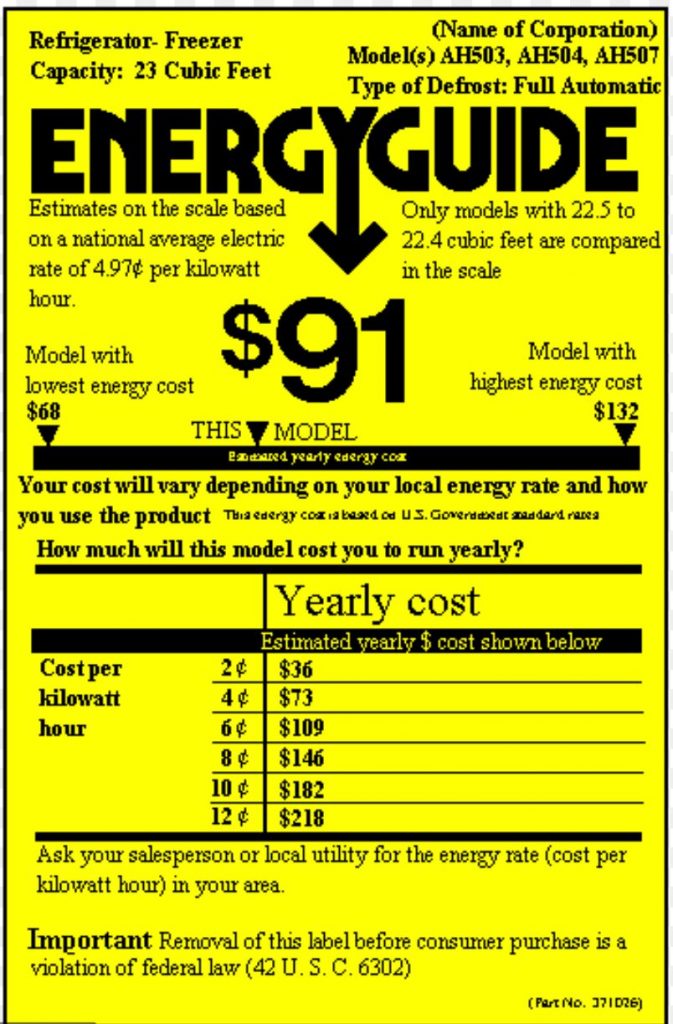
4. Ignoring the Star Rating
Today, it is a must that you buy electrical appliances that are the most energy-efficient in order to cut down on your energy consumption.
While purchasing a refrigerator at a low cost, you often comprise on its efficiency, which will hurt your power consumption.
As a thumb rule, a large-sized fridge will consume more power than a smaller one. Hence, when buying a refrigerator, always read the labels. It is a long-term cost-saving against a one-time investment.
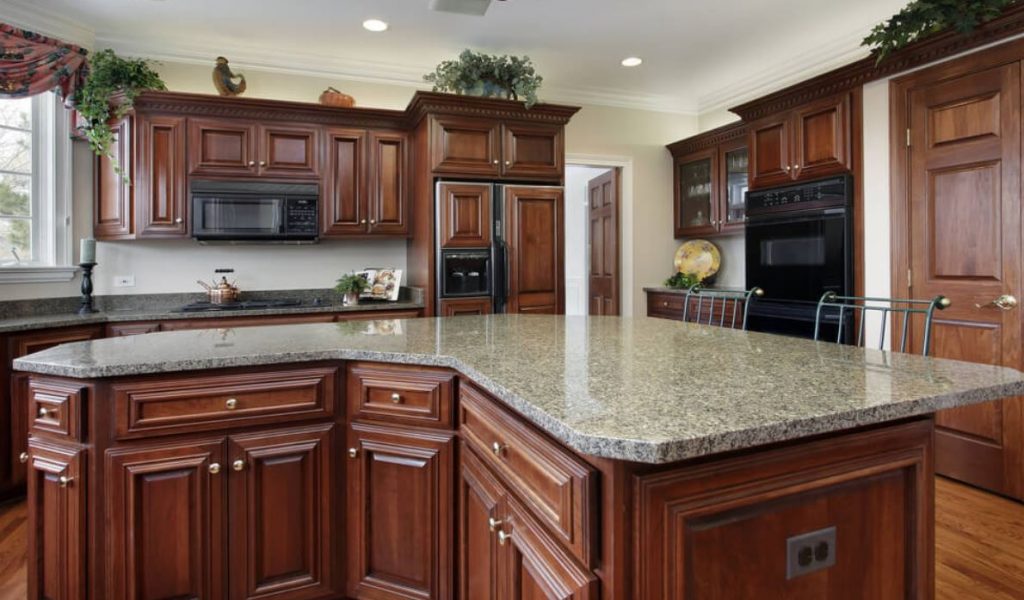
5. Not Shopping Within a Budget
What is the best way to buy a refrigerator? Is it to go online, select the “sort by price” filter, and choose the one that is the cheapest? This method is the most common mistake that many commits.
Instead, you must set a budget within which you should shortlist the different choices based on the above-said specifications and then make the deal.
